Sister act: how the nun’s habit has shaped religion, fashion and semiotics
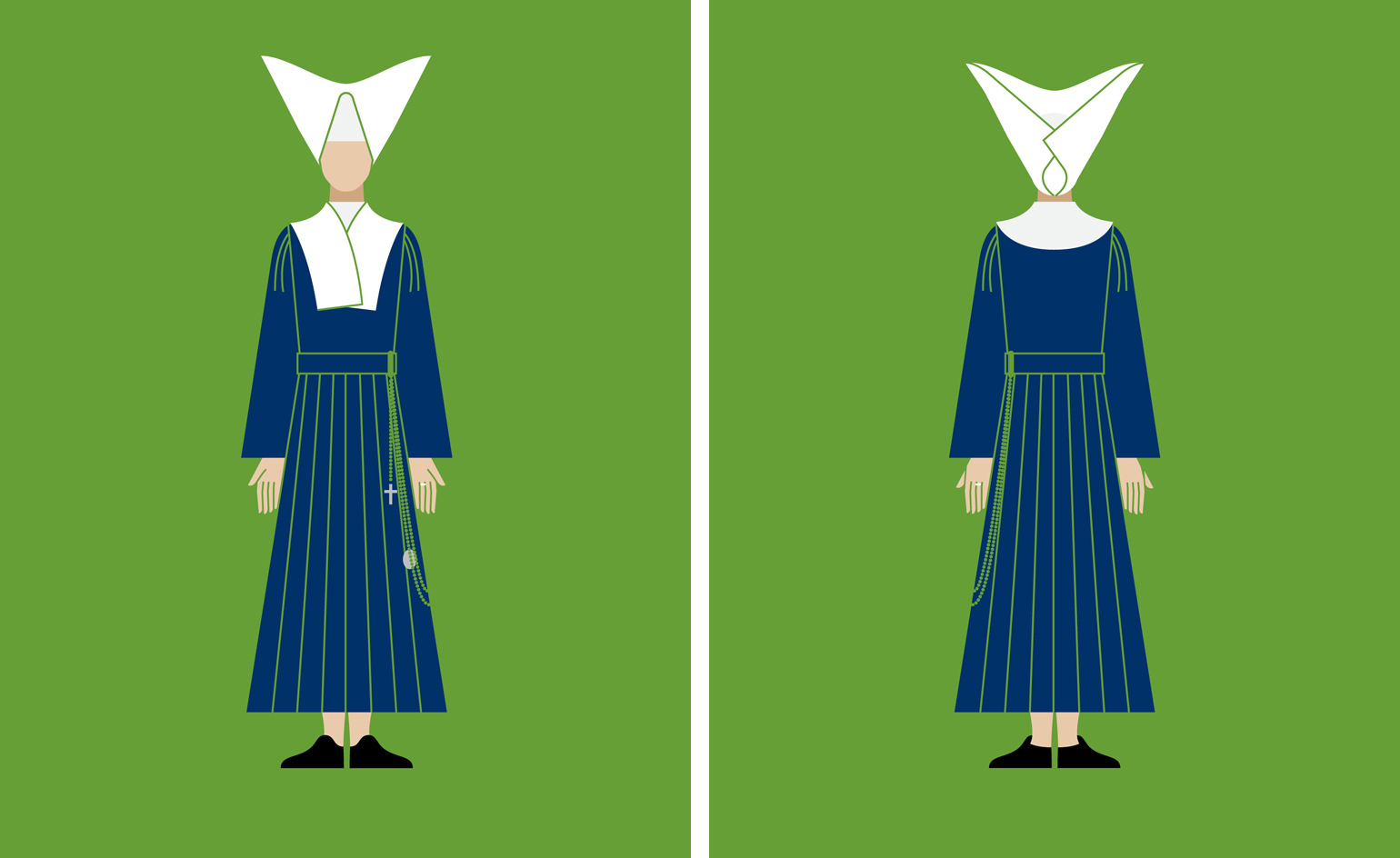
For more than 100 years, the cloistered Holy Spirit Adoration Sisters have shared a contemplative life, sustaining a perpetual, prayer-filled vigil at Philadelphia’s Chapel of Divine Love. The sisters are instantly recognisable for their eye-catching rose-hued habits, a joyous symbol of their closeness to the Holy Spirit.
Affectionately known as the ‘pink sisters’, the Pennsylvania-based faction is just one of over 40 Catholic communities of nuns and sisters featured in Looking Good: A visual guide to the nun’s habit. A collaboration between publishing house GraphicDesign&, theologian Veronica Bennett and illustrator Ryan Todd, the book charts religious clothing around the world, decoding its components, significance and distinguishing identifiers.
GD& was established by graphic designer Lucienne Roberts and design educator Rebecca Wright with the aim of exploring ‘how graphic design connects with all other subjects’, often taking on projects considered too niche, eccentric or risky for mainstream publishers. They’ve previously tackled mathematics, literature and social sciences, but the duo's latest title is perhaps their most weird, wonderful, and personal.
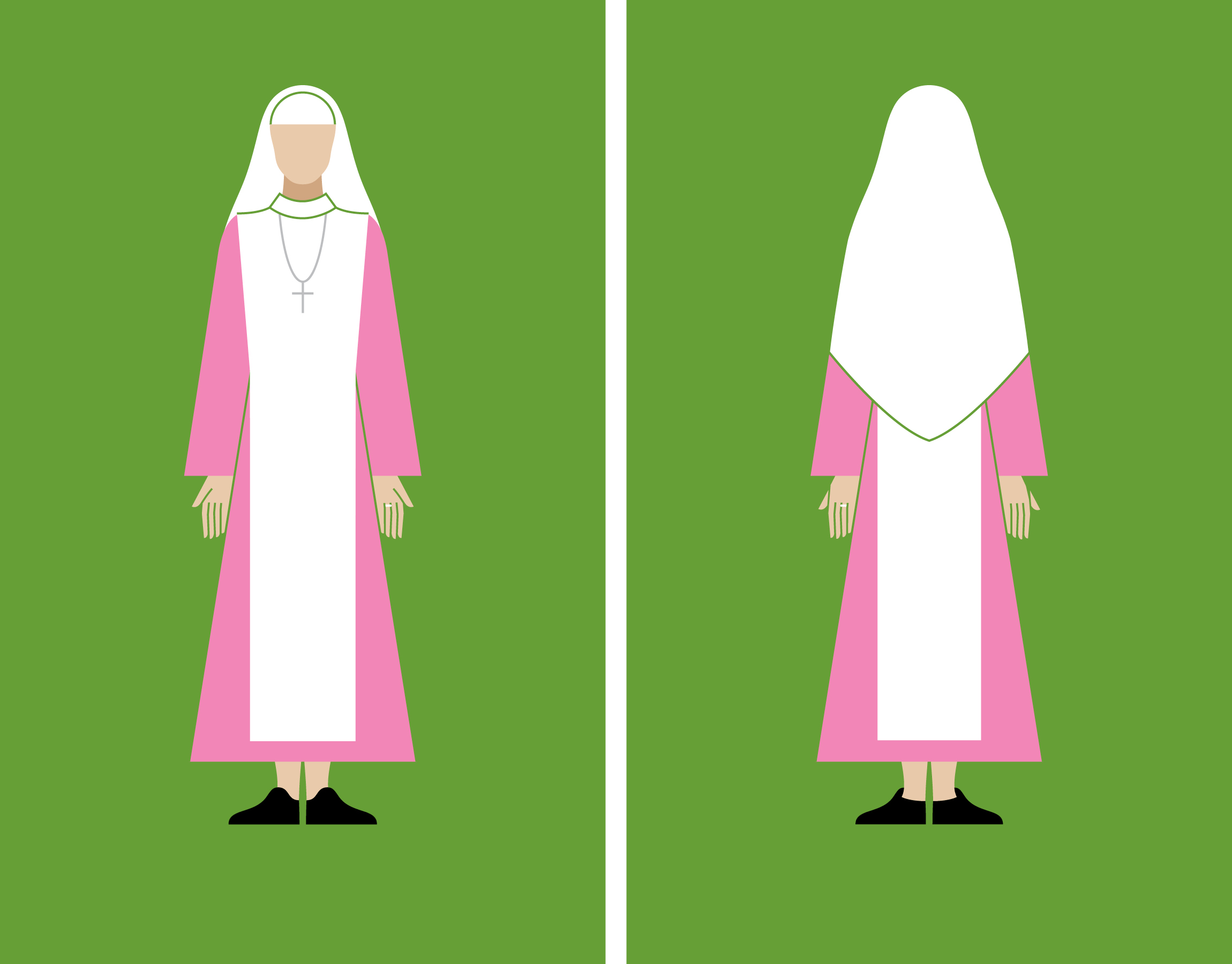
Holy Spirit Adoration Sisters
Roberts and Wright share childhood experiences in the church, and a penchant for religious rituals and regalia. ‘Initially we joked about creating a spotter’s guide to the nun's habit – as a former convent girl I thought it might be useful while holidaying in a variety of churchy destinations,’ Roberts quips. (Though don’t expect to see a pink sister anytime soon. The unusual habit is never seen beyond the convent walls; instead, the sisters don grey habits when venturing outside.)
For Roberts, the connection to religion was especially positive, recalling fond memories of a trio of ‘groovy nuns’ who taught her in primary school in the early 1970s. Sisters Patricia, Mary Gerald and Mary Campion would ‘whizz about in a blue Mini (it matched their habit), dancing to Herb Alpert before assembly’, Roberts muses. ‘To this day I can't hear Spanish Flea without remembering their veils flying as they jigged about.’
Although rooted in personal experiences, GD&’s projects are also bolstered by fascinating creative partnerships – in this case, Veronica Bennett, a graduate of Kings College Cambridge where she specialised in the psychology of religion. Bennett trawled through learned texts and dedicated online forums, teasing out unusual and powerful stories during her research.
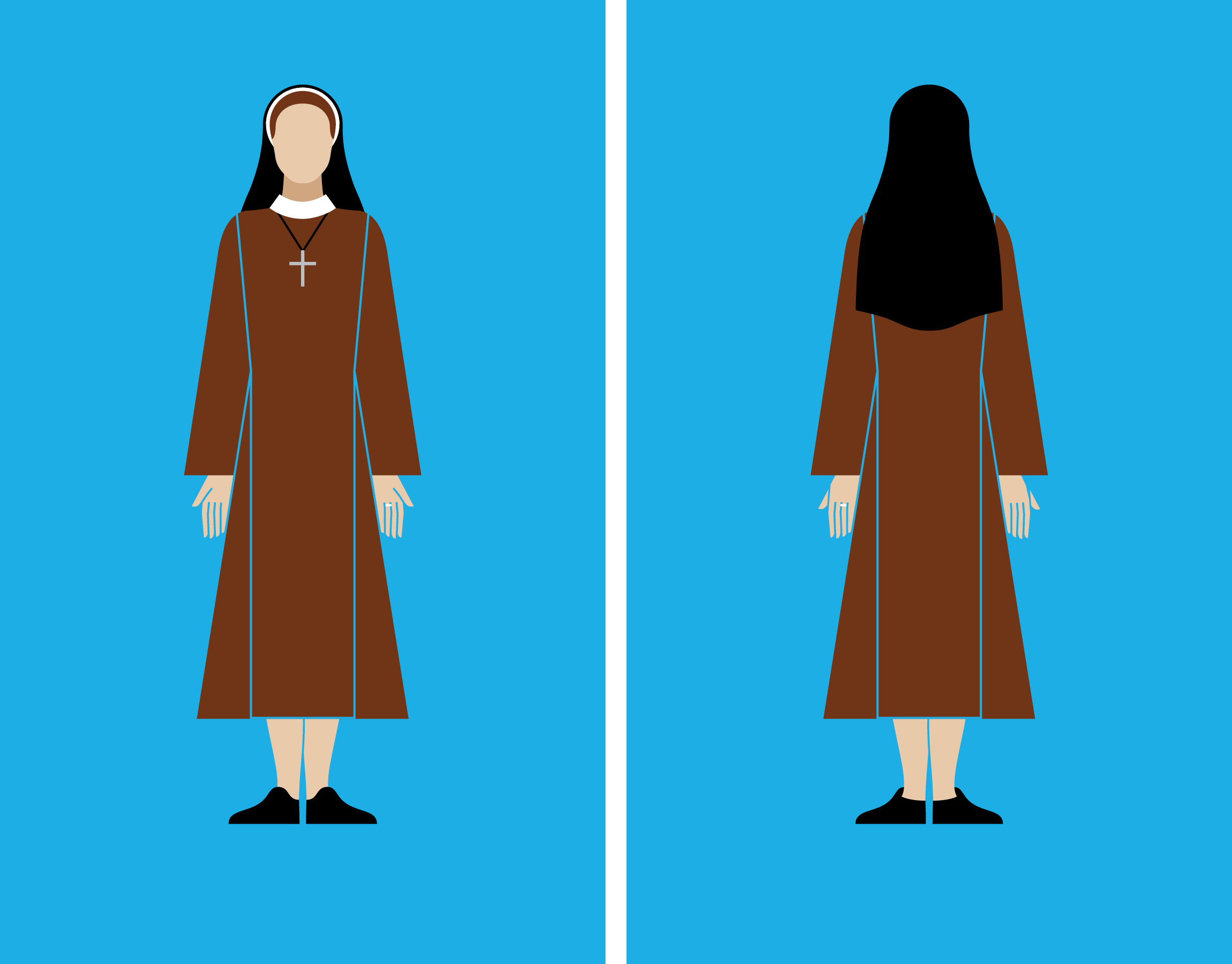
Congregation of Sisters of St Felix of Cantalice, Third Order Regular of St Francis of Assisi
Roberts explains: ‘[Bennett's] research, incorporating visions and miracles, high drama and humble beginnings, persecution and insurrection, reveals how the story of the habit is also that of the struggle between the powerful and the poor, of politics, social care and the role of women; and of the interplay between culture, fashion and faith.’
Looking Good, too, reveals the surprising breadth of nun’s habits. Roberts notes that the research revealed two paralleling philosophies. The first is the communities hiding in plain sight, such as the denim-toting Little Sisters of Jesus who blend in with the local community.
On the other hand, there is a growing trend of institutes wearing the traditional habit, including The Benedictines of Mary, Queen of Apostles (only founded in 1995), who wear the full habit, complete with a veil and the voluminous cuculla (a type of choir robe). She adds: ‘For us, these choices raise complex and thought-provoking questions about identity, purpose and visual symbolism.’
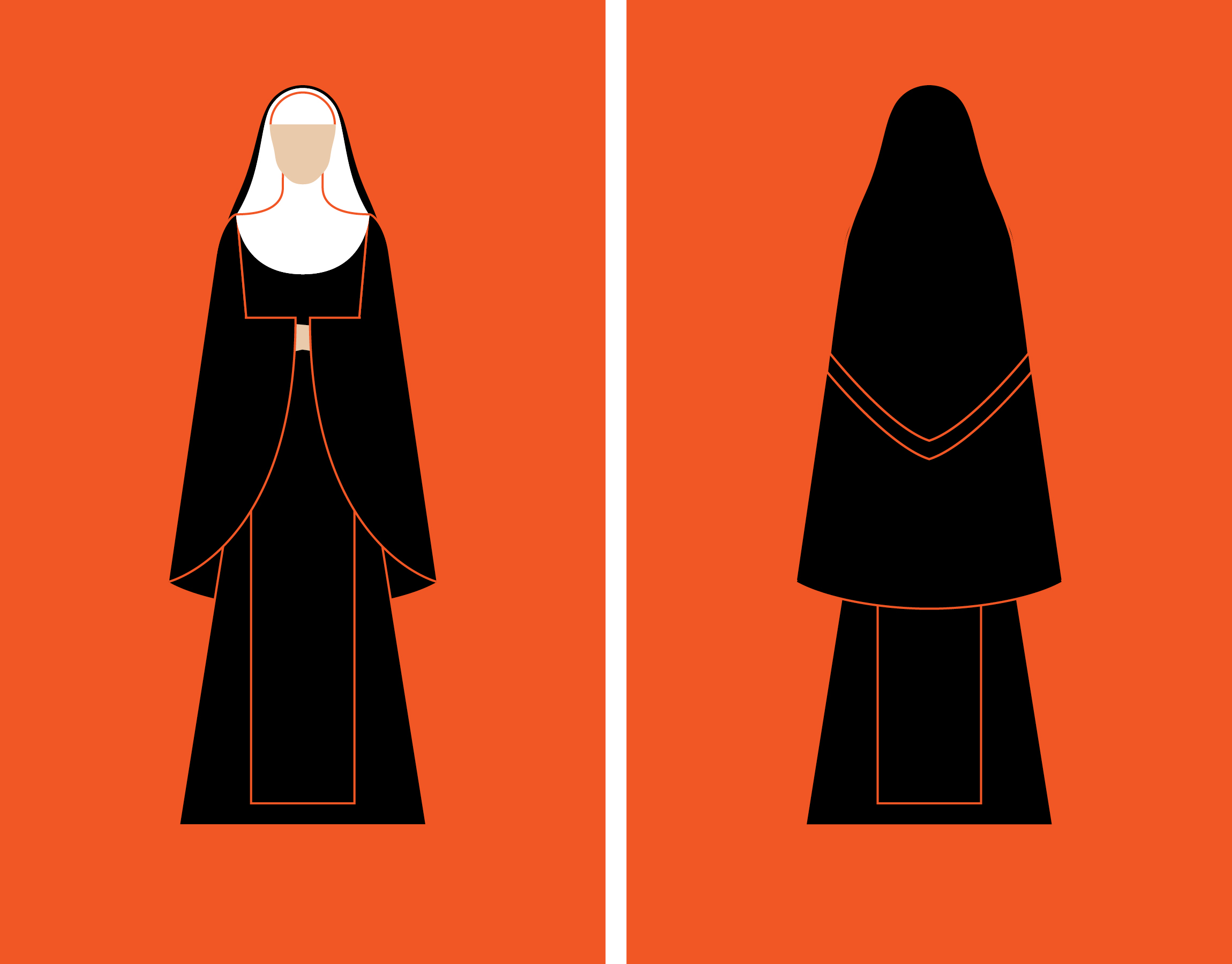
Benedictines of Mary, Queen of Apostles
So, what role does graphic design play in religion? ‘Religious communities have been using colour, form and symbol to communicate their identity for hundreds of years, making the habit a form of visual code,’ Roberts explains. It is London-based artist and designer Ryan Todd’s minimalist illustrations – inspired by Otl Aicher’s depiction of Franciscan monk Wilhelm von Ockham – that bring a fresh contemporary relevance to centuries-old fashion.
Part of Todd’s brief was that his images reference the visual language of information design. ‘We cited the apparent simplicity of Otto and Marie Neurath's Isotype system as an inspiration while my studio [LucienneRoberts+] developed page layouts and typographic devices in a similar vein,’ she says.
To wit, the striking illustrations are accompanied by clever signage and thoughtfully compiled facts including each institution’s ethos, charisma, global reach and interesting asides. Recalling Dmitri Mendeleev’s periodic table, black boxes highlight unique details of the various habits; cloistered nuns are slyly identified, always first shown facing away; and a colour-coded system groups communities that share a spiritual heritage.
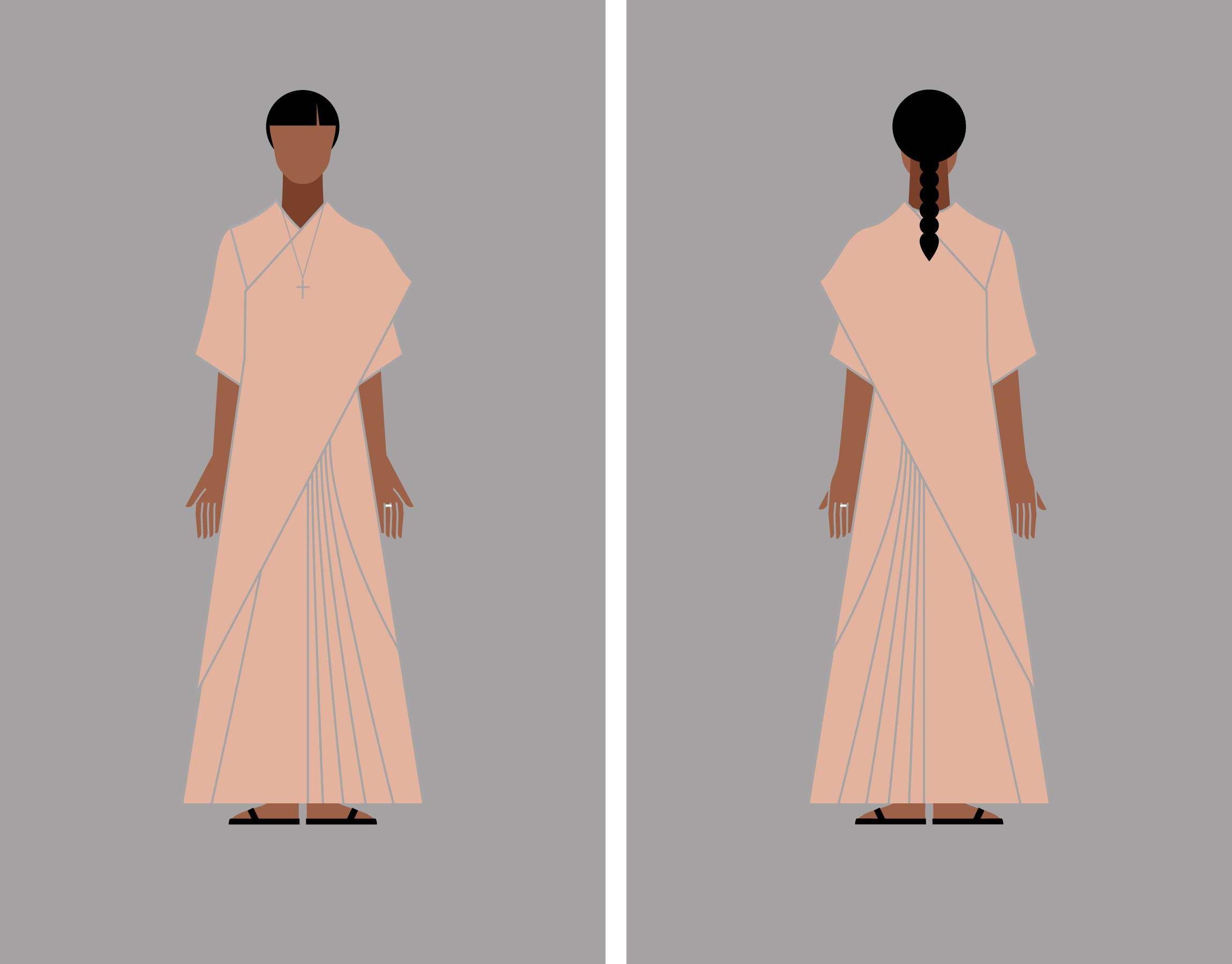
Sisters of the Apostolic Carmel
The typography is embedded with its own subtle tribute to sacredness. ‘As a nod to some of the more decorative aspects of church paraphernalia our display typography uses an italic font called Marian,’ she explains. ‘How could we resist a font whose name is also an adjective for things relating to the Virgin Mary?’
Nuns have long occupied a special place in popular consciousness, from Mother Teresa and nun/artist Corita Kent (the book is dedicated to her) to Julie Andrews in The Sound of Music and Whoopi Goldberg’s gospel-belting Sister Mary Clarence. But as women’s religious attire comes under increasing scrutiny the book feels especially timely.
‘There’s something fascinating about seeing the habit through new eyes,’ says Roberts. ‘When presented in a de-personalised way, as Ryan’s illustrations so elegantly achieve, the habit is revealed to be minimal and androgynous. From a fashion perspective it has a simplicity that is both current and ingenious.’ Amen to that!
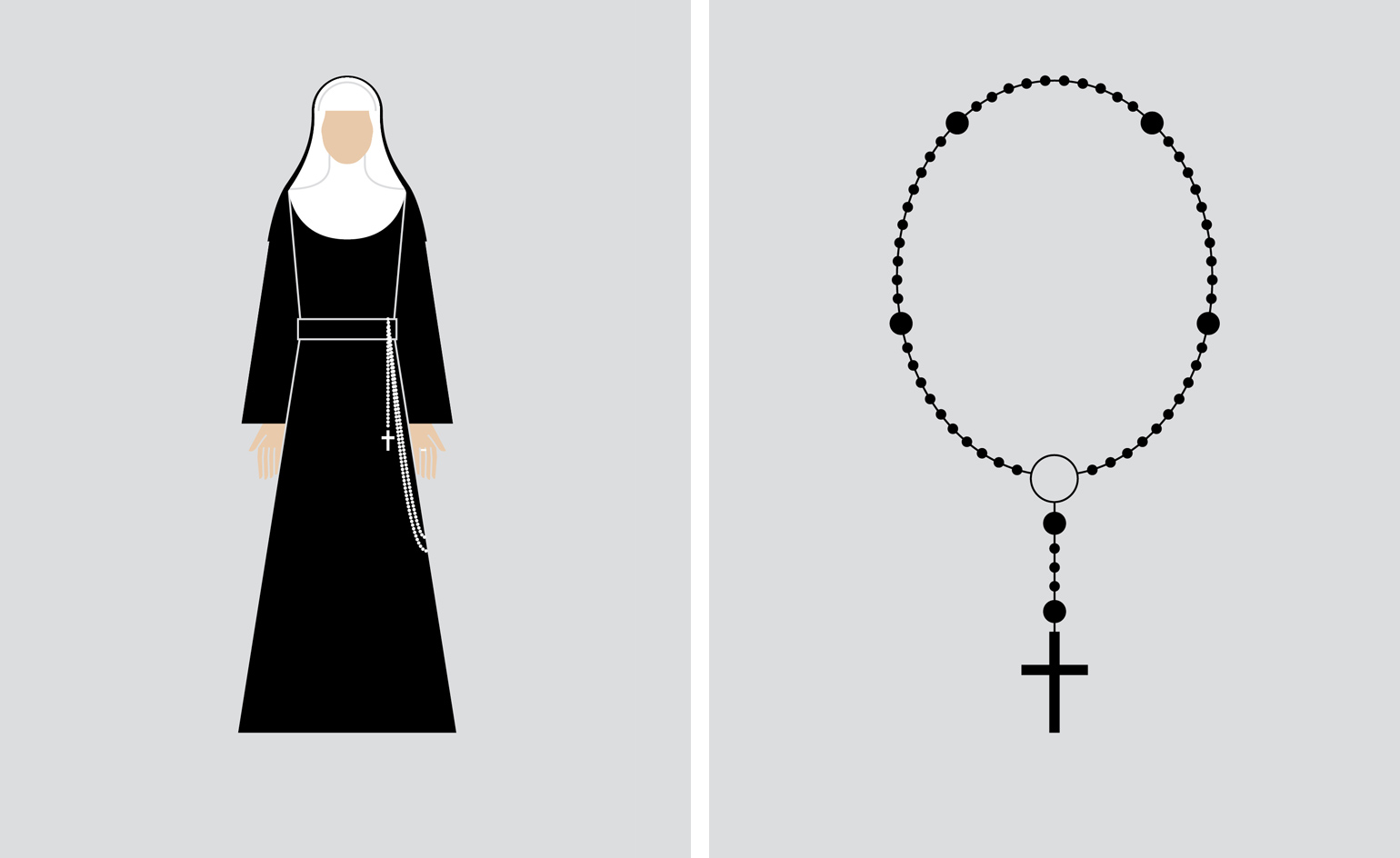
Left, the book outlines the most common components of a nun’s habit, including veils and rosaries. Right, the rosary is a small loop of beads on a cord or chain, which is used to count off a sequence of repeated prayers
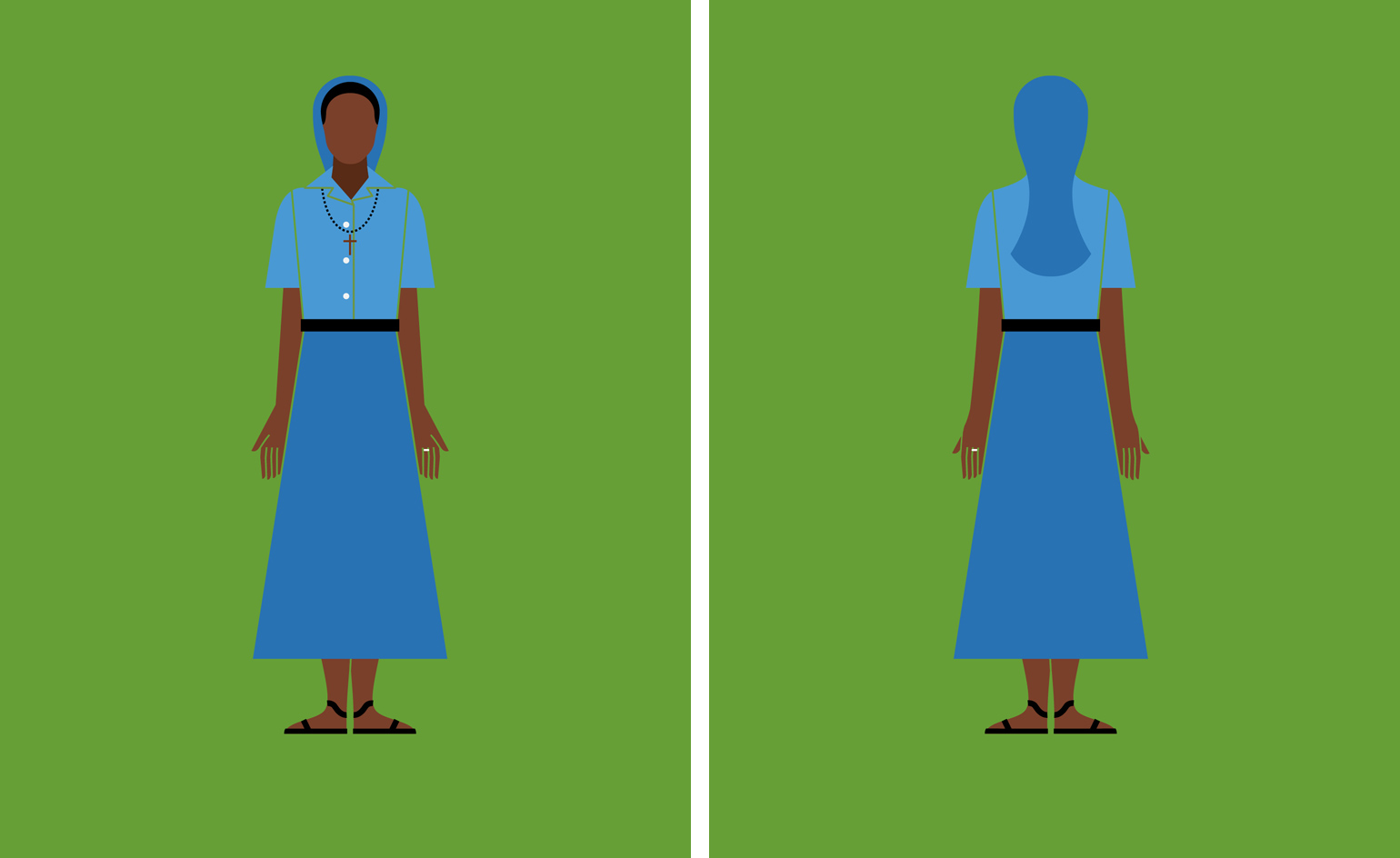
Little Sisters of Jesus

Second Order of Canons Regular of Prémontré
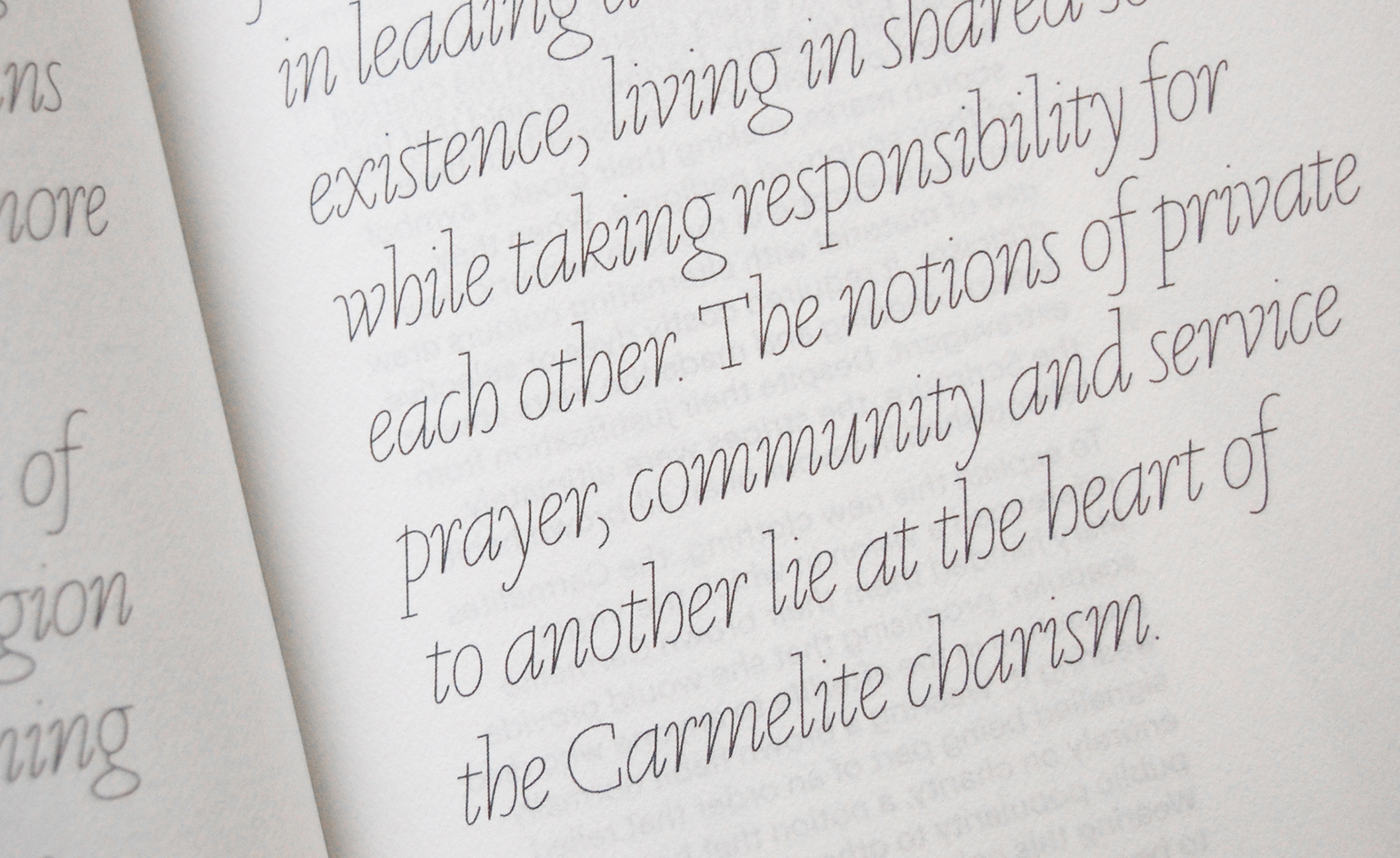
The display typography uses an italic font called Marian
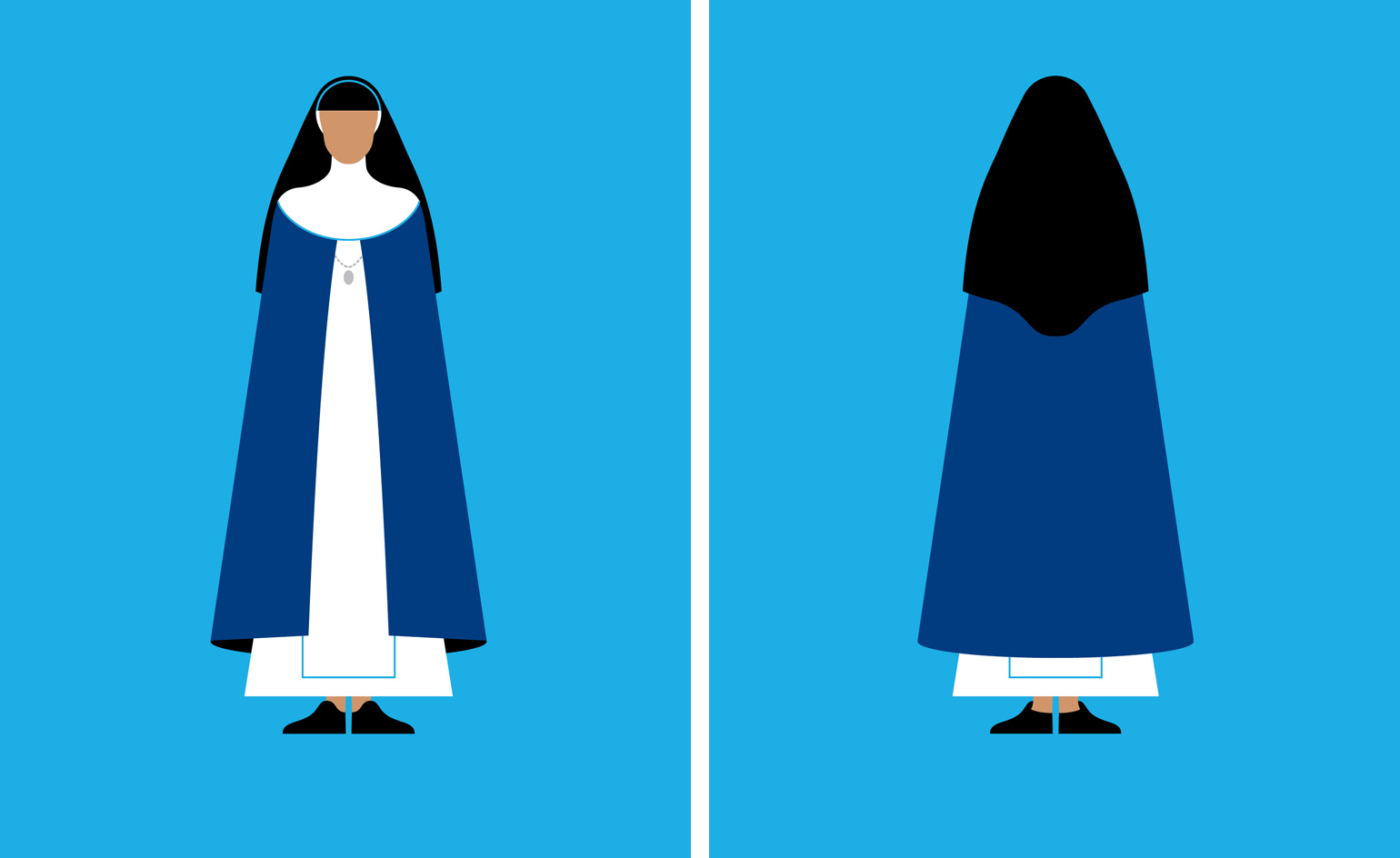
Order of the Immaculate Conception
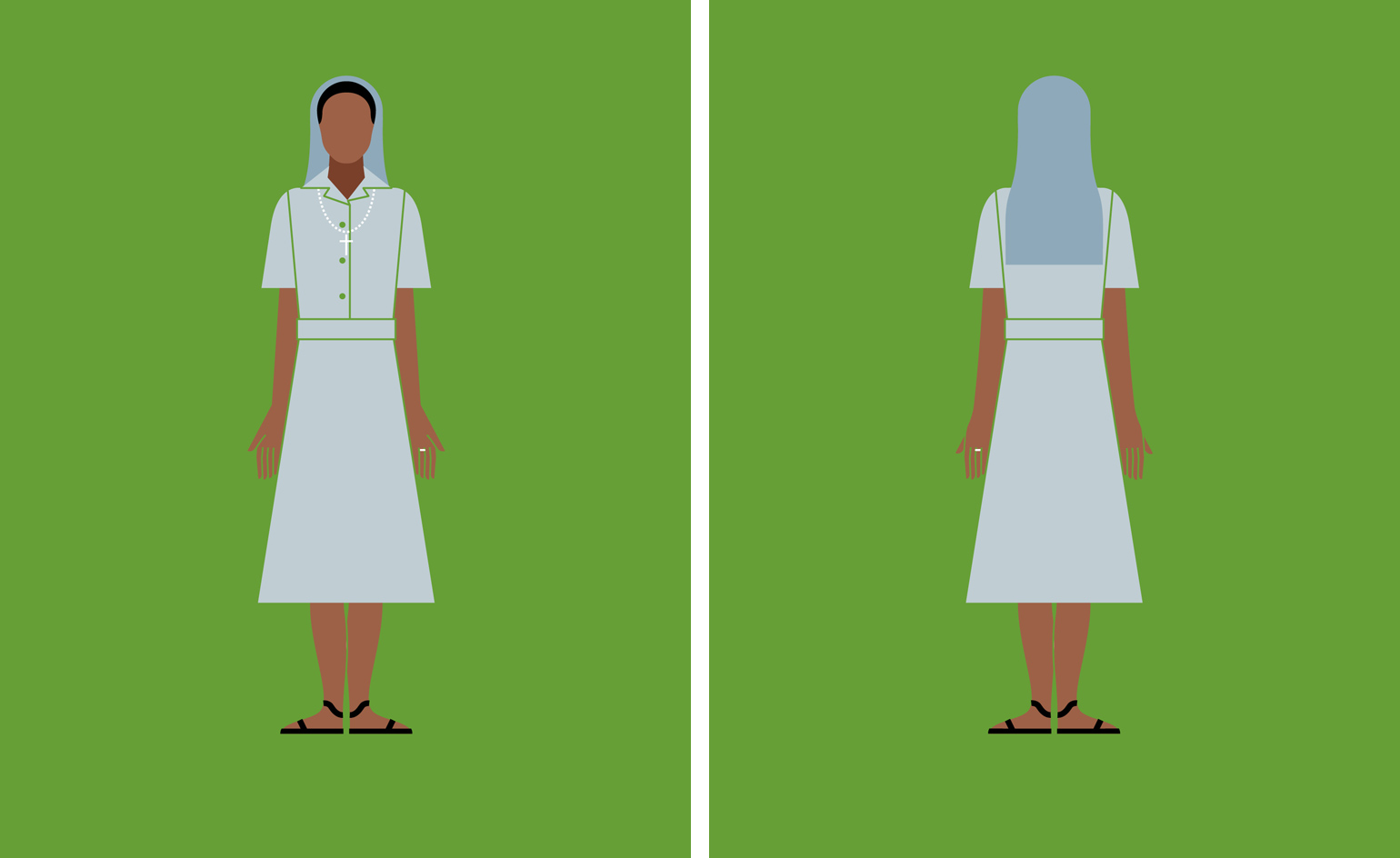
Religious of Mary Immaculate Claretian Missionary Sisters
INFORMATION
Looking Good: A visual guide to the nun’s habit, £17.50, published by GraphicDesign&. For more information, visit the GraphicDesign& website
Wallpaper* Newsletter
Receive our daily digest of inspiration, escapism and design stories from around the world direct to your inbox.
-
 Marylebone restaurant Nina turns up the volume on Italian dining
Marylebone restaurant Nina turns up the volume on Italian diningAt Nina, don’t expect a view of the Amalfi Coast. Do expect pasta, leopard print and industrial chic
By Sofia de la Cruz
-
 Tour the wonderful homes of ‘Casa Mexicana’, an ode to residential architecture in Mexico
Tour the wonderful homes of ‘Casa Mexicana’, an ode to residential architecture in Mexico‘Casa Mexicana’ is a new book celebrating the country’s residential architecture, highlighting its influence across the world
By Ellie Stathaki
-
 Jonathan Anderson is heading to Dior Men
Jonathan Anderson is heading to Dior MenAfter months of speculation, it has been confirmed this morning that Jonathan Anderson, who left Loewe earlier this year, is the successor to Kim Jones at Dior Men
By Jack Moss
-
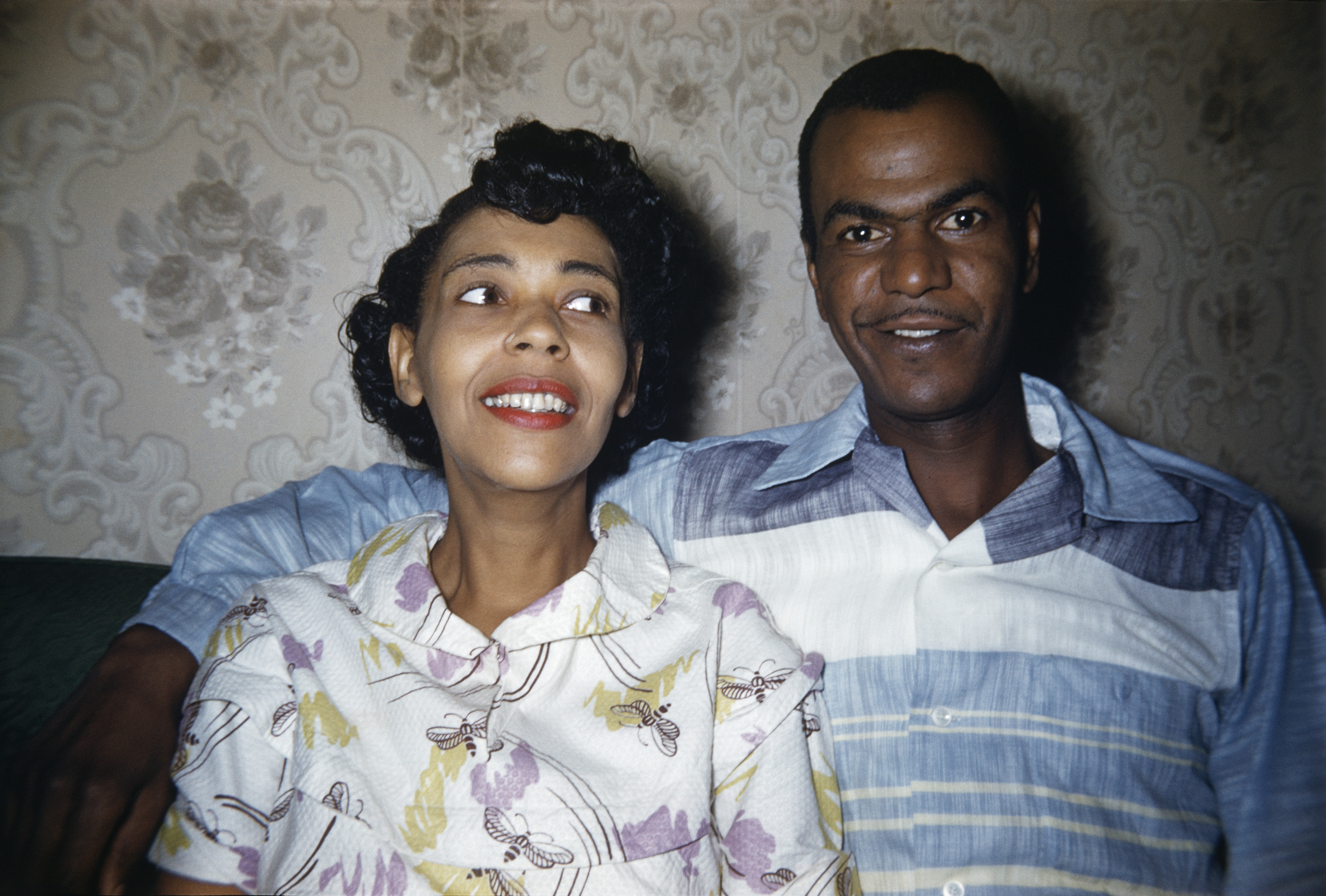 ‘Dressed to Impress’ captures the vivid world of everyday fashion in the 1950s and 1960s
‘Dressed to Impress’ captures the vivid world of everyday fashion in the 1950s and 1960sA new photography book from The Anonymous Project showcases its subjects when they’re dressed for best, posing for events and celebrations unknown
By Jonathan Bell
-
 Daniel Arsham’s new monograph collates the works of the auto-obsessed American artist
Daniel Arsham’s new monograph collates the works of the auto-obsessed American artist‘Arsham Motorsport’ is two volumes of inspiration, process and work, charting artist Daniel Arsham’s oeuvre inspired by the icons and forms of the automotive industry
By Jonathan Bell
-
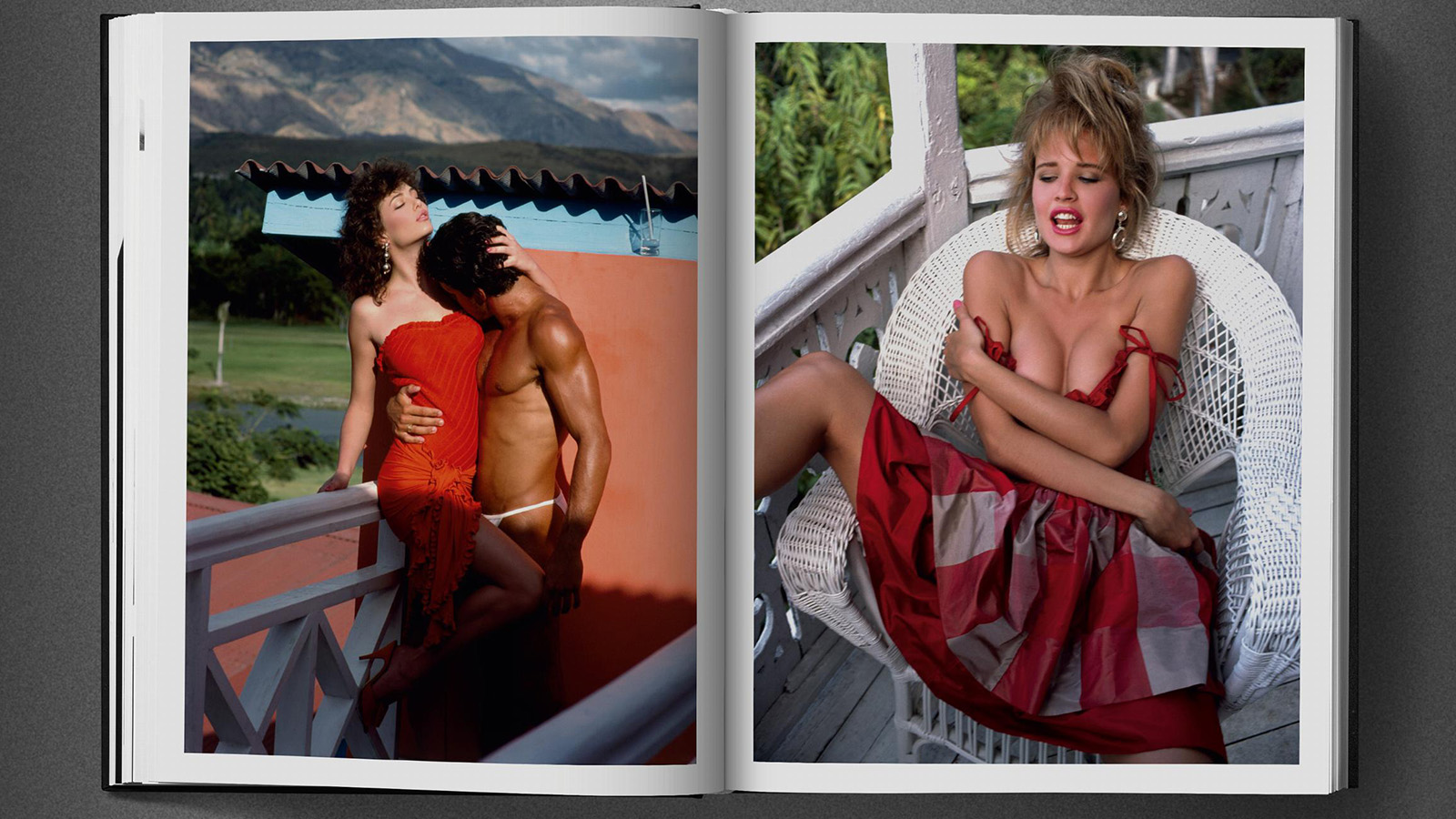 Era-defining photographer David Bailey guides us through the 1980s in a new tome not short of shoulder pads and lycra
Era-defining photographer David Bailey guides us through the 1980s in a new tome not short of shoulder pads and lycraFrom Yves Saint Laurent to Princess Diana, London photographer David Bailey dives into his 1980s archive in a new book by Taschen
By Tianna Williams
-
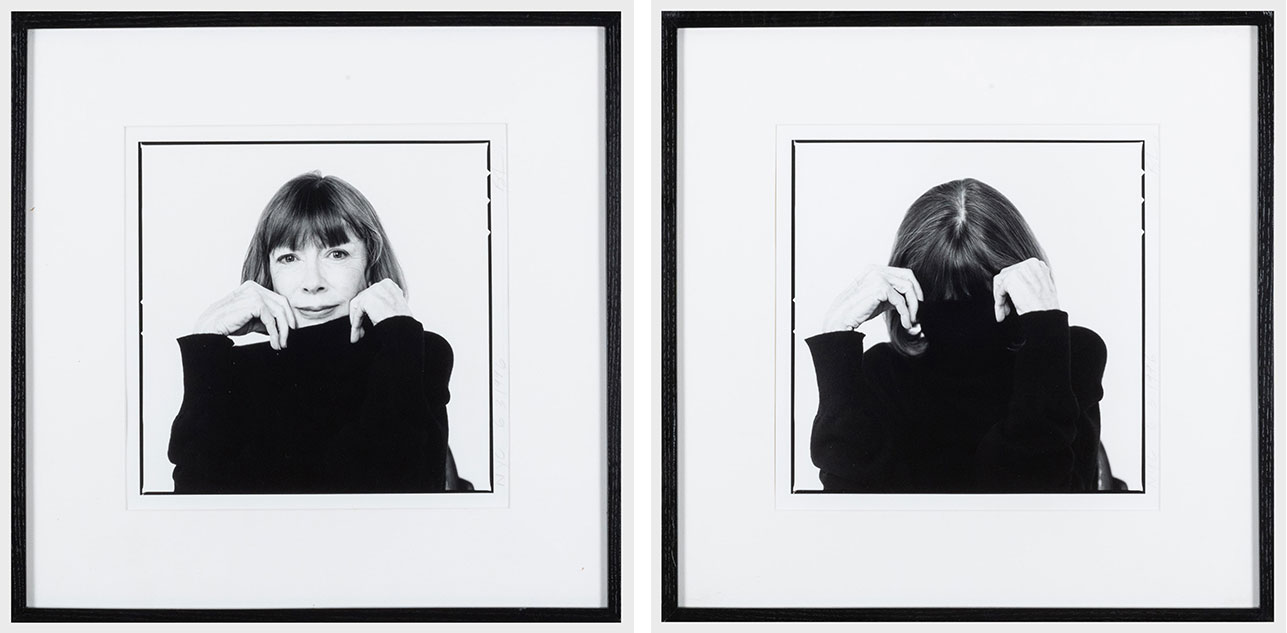 Inside Joan Didion’s unseen diary of personal relationships and post-therapy notes
Inside Joan Didion’s unseen diary of personal relationships and post-therapy notesA newly discovered diary by Joan Didion is soon to be published. Titled 'Notes to John', the journal documents her relationship with her daughter, husband, alcoholism, and depression
By Tianna Williams
-
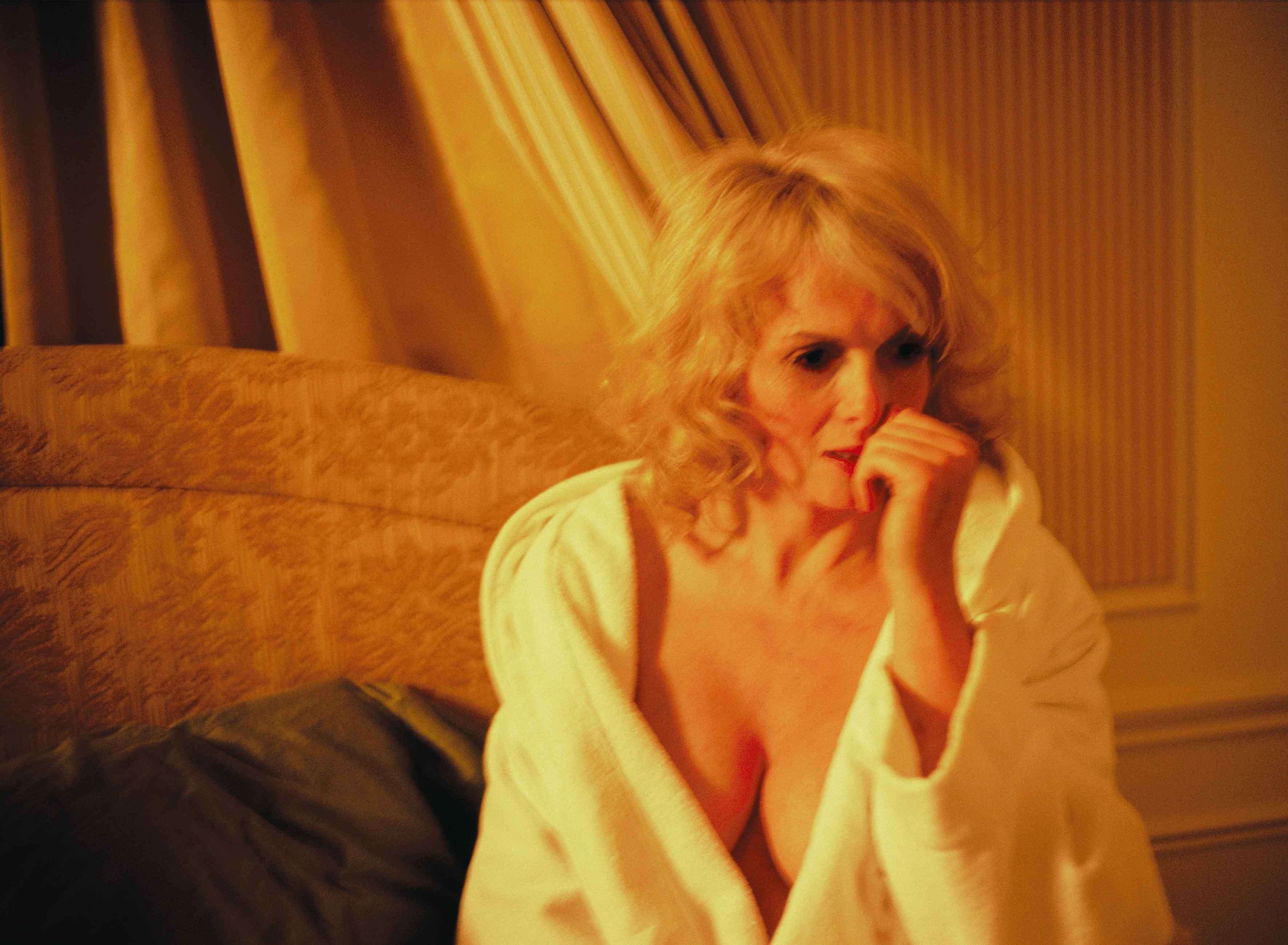 Carsten Höller’s new Book of Games: 336 playful pastimes for the bold and the bored
Carsten Höller’s new Book of Games: 336 playful pastimes for the bold and the boredArtist Carsten Höller invites readers to step out of their comfort zone with a series of subversive games
By Anne Soward
-
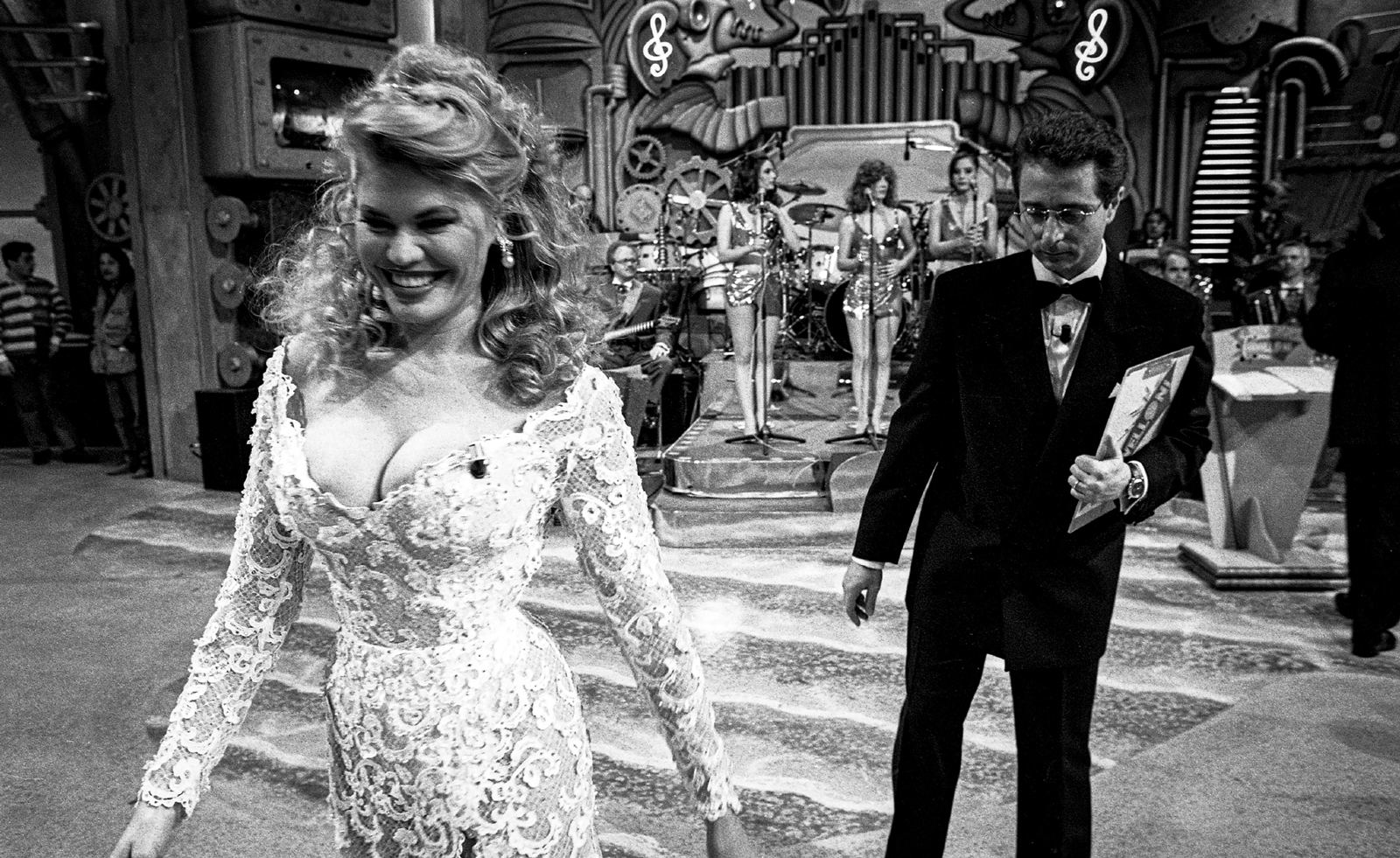 Distracting decadence: how Silvio Berlusconi’s legacy shaped Italian TV
Distracting decadence: how Silvio Berlusconi’s legacy shaped Italian TVStefano De Luigi's monograph Televisiva examines how Berlusconi’s empire reshaped Italian TV, and subsequently infiltrated the premiership
By Zoe Whitfield
-
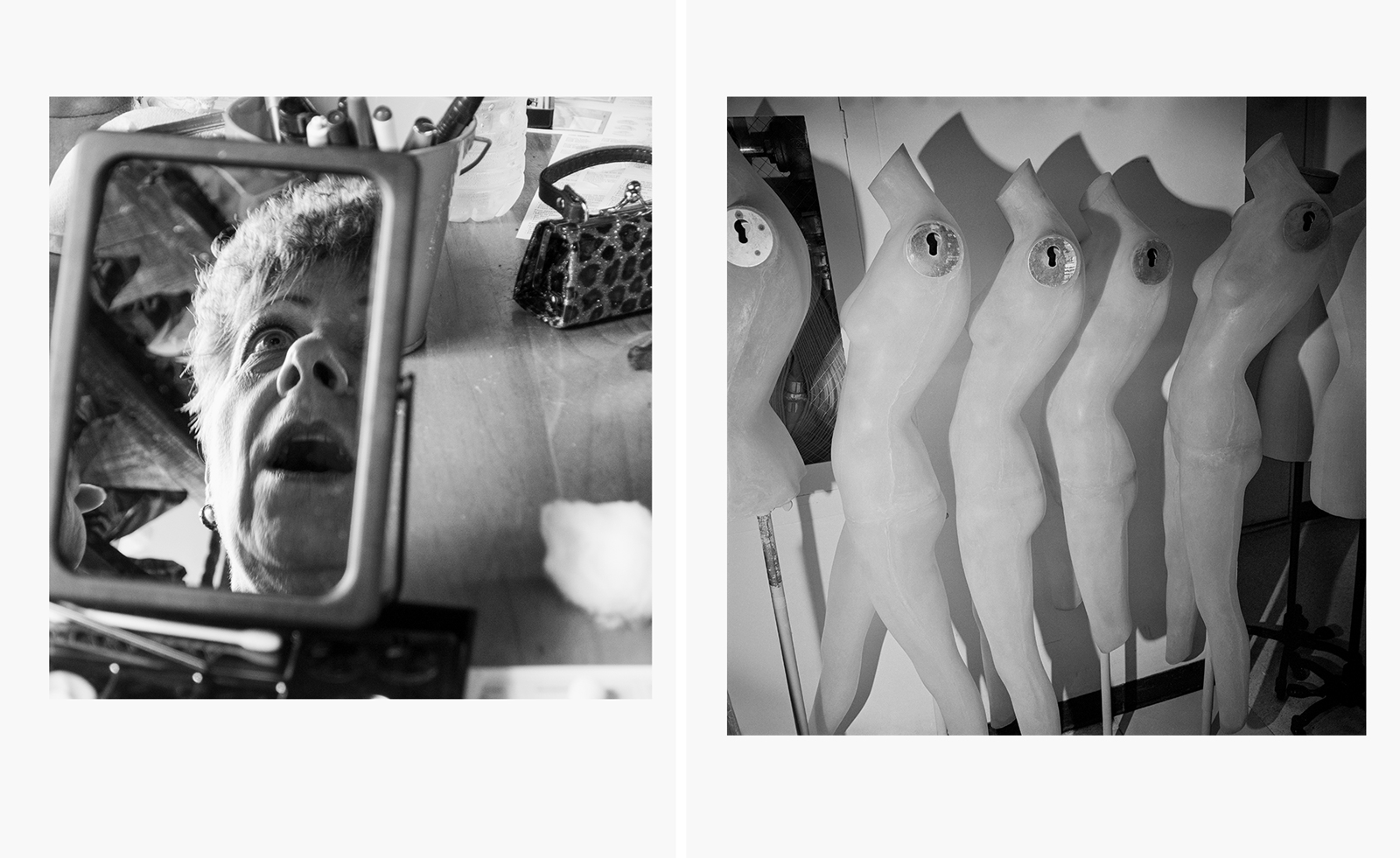 How a sprawling new book honours the legacy of cult photographer Larry Fink
How a sprawling new book honours the legacy of cult photographer Larry Fink‘Larry Fink: Hands On / A Passionate Life of Looking’ pays homage to an American master. ‘He had this ability to connect,’ says publisher Daniel Power
By Jordan Bassett
-
 New Jay-Z coffee-table book dives into the Brooklyn rapper's archives
New Jay-Z coffee-table book dives into the Brooklyn rapper's archives'Book of HOV: A Tribute to Jay-Z' is a hefty tome for a hefty talent
By Craig McLean